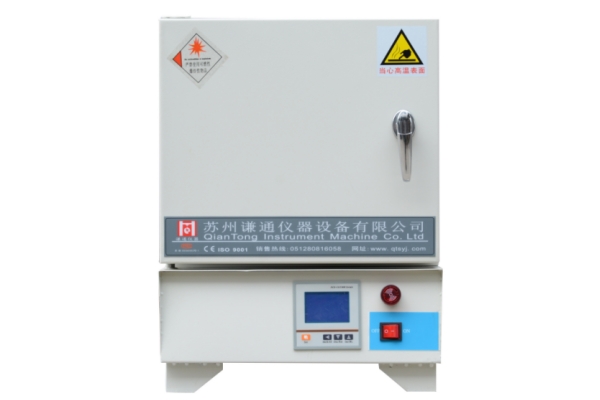Elevating Furnace Performance: Exploring Optional Accessories and Features
2024-03-20
In the realm of thermal processing, furnaces serve as indispensable tools for a wide range of applications, from materials research and production to quality control and testing. While standard furnace models offer essential heating capabilities, manufacturers often provide additional accessories and optional features to enhance performance, versatility, and user experience. Let's delve into some of the optional accessories and features available for furnaces, including atmosphere control systems and sample rotation mechanisms, and how they can elevate furnace functionality and efficiency.
Atmosphere Control Systems:
Atmosphere control systems are optional accessories that enable operators to manipulate the gas composition within the furnace chamber during heat treatment processes. These systems provide precise control over the atmosphere, allowing operators to create inert, oxidizing, reducing, or vacuum environments tailored to specific applications and materials.
Key Benefits of Atmosphere Control Systems:
1. Enhanced Material Properties: Atmosphere control systems facilitate precise control over the gas environment, enabling operators to optimize material properties, such as surface chemistry, microstructure, and mechanical properties. This is particularly beneficial for processes like carburizing, nitriding, and sintering, where the gas atmosphere plays a critical role in the desired outcomes.
2. Prevention of Oxidation: By creating inert or reducing atmospheres, atmosphere control systems help prevent oxidation of sensitive materials during heat treatment, minimizing surface contamination, scale formation, and material degradation. This ensures the integrity and quality of the processed materials, especially for reactive metals and alloys.
3. Improved Process Flexibility: Furnaces equipped with atmosphere control systems offer greater process flexibility, allowing operators to perform a wide range of heat treatment processes under different gas environments. This versatility enables experimentation with various process parameters and gas compositions to achieve desired material properties and performance characteristics.
4. Enhanced Safety: Atmosphere control systems enhance safety by minimizing the risk of fire, explosion, or hazardous gas emissions during furnace operation. By maintaining precise control over the gas atmosphere, operators can mitigate potential safety hazards and ensure a safe working environment for personnel.
Sample Rotation Mechanisms:
Sample rotation mechanisms are optional features that facilitate uniform heating and exposure of samples to the heating elements within the furnace chamber. These mechanisms typically consist of rotating platforms, trays, or sample holders that continuously rotate samples during heat treatment processes, ensuring even heat distribution and consistent processing results.
Key Benefits of Sample Rotation Mechanisms:
1. Uniform Heating: Sample rotation mechanisms promote uniform heating of samples by continuously exposing them to the heating elements from different angles. This helps mitigate temperature gradients and hot spots within the furnace chamber, resulting in more consistent and reproducible heat treatment outcomes.
2. Minimized Sample Distortion: By rotating samples during heating, rotation mechanisms help minimize thermal stresses and distortion, particularly in asymmetric or irregularly shaped samples. This ensures that samples maintain their original dimensions and geometries, critical for accurate characterization and analysis.
3. Enhanced Heat Transfer: Sample rotation promotes efficient heat transfer between samples and the furnace environment, facilitating faster heating and cooling rates and reducing processing times. This is advantageous for high-throughput applications or processes requiring rapid thermal cycling.
4. Optimized Sample Exposure: Rotation mechanisms ensure that all sides of the samples are uniformly exposed to the heating elements and gas atmosphere, maximizing process efficiency and the effectiveness of heat treatment. This is particularly important for processes such as annealing, where uniform exposure is essential for achieving desired material properties.
Conclusion:
In conclusion, optional accessories and features such as atmosphere control systems and sample rotation mechanisms play a crucial role in enhancing furnace performance, versatility, and efficiency. By providing operators with precise control over the gas environment and sample orientation, these accessories enable customization of heat treatment processes and optimization of material properties. Whether for research, production, or quality control applications, furnaces equipped with optional features offer greater flexibility, safety, and reliability, empowering users to achieve superior results and drive innovation in thermal processing technologies.



